Cleaning your shower and tub doesn’t have to be a dreaded chore. With the right tools, products, and technique, you can transform a grimy bathroom into a sparkling oasis. Whether you’re dealing with soap scum, hard water stains, or mildew, this guide breaks down the most effective way to get your tub and shower fresh and gleaming.
Supply List
Prep the Space for a Deep Clean
Before getting started, remove all toiletries, bottles, and accessories from your shower or tub. Use a cup to rinse the tub and walls to remove loose debris and hair—this helps ensure your cleaner can work more effectively on the surface. Proper ventilation is also key. Open a window or turn on the exhaust fan to keep the space well-aired, especially when using cleaning products.
This early step also sets the stage for a more efficient clean. By decluttering and rinsing first, you minimize distractions and help cleaners stick better to the surface, allowing them to break down buildup more effectively.
Choose the Right Cleaner
There are two excellent options for tackling shower grime: a DIY vinegar solution or a store-bought product. The DIY cleaner is made by mixing equal parts vinegar and water with a teaspoon of dish soap (preferably blue Dawn). This blend is especially effective at breaking down soap scum, hard water deposits, and even mildew.
If you prefer a commercial cleaner, Bar Keepers Friend MORE Spray Foam is a trusted choice. It’s powerful on grime but gentle enough not to etch or damage delicate surfaces. Spray your chosen cleaner from top to bottom, ensuring full coverage, then let it sit for 5–10 minutes to break down grime and stains.
Let It Dwell, Then Scrub
The key to effortless scrubbing is patience. Letting the cleaner dwell ensures it penetrates layers of buildup. Just be sure it doesn’t dry out on the surface. After dwell time, use a non-scratch sponge like a Scrub Daddy or Scrub Mommy to work your way from top to bottom. These scrubbers are tough on grime but safe for surfaces.
For textured tubs or heavy buildup, use a soft-bristled brush or a drill-powered scrub brush to speed things up and reduce strain. Just ensure the brush isn’t too abrasive to avoid scratching the tub or shower walls.
Tackle Stubborn Areas with Specialty Tools
For extra-stubborn spots like thick soap scum, a razor blade scraper can safely lift residue—just make sure the surface is wet and you’re using a clean, rust-free blade. Always glide gently without applying heavy pressure to avoid damage.
The textured, non-slip base of tubs can be especially tricky. In this case, a cream-based cleaner like Bar Keepers Friend Soft Cleanser is ideal. Its thicker consistency helps it sit in grooves and break down grime. Scrub with a drill brush or sponge, let sit briefly, then rinse.
Rinse Thoroughly and Dry for a Streak-Free Finish
Use a cup or detachable showerhead to rinse down all surfaces, making sure to remove every trace of cleaner. This prevents any residue that could attract more grime or cause streaking. A neat rinsing trick is to angle the cup to create an even flow and reduce splashing.
Once rinsed, dry all surfaces with clean microfiber towels. This removes any remaining moisture, boosts shine, and prevents new water spots or hard water stains from forming on your freshly cleaned surfaces.
Maintain Your Clean Shower
To keep your shower looking cleaner longer, adopt a simple weekly routine. After each shower, use a squeegee to remove excess water from walls and glass. This small habit prevents soap scum buildup and helps stop mold and mildew from developing.
Leave the exhaust fan running or crack a window after showering to improve airflow and speed up drying. For ongoing maintenance, spray the shower down with your DIY vinegar cleaner once a week and give it a quick wipe-down to avoid heavy buildup.

